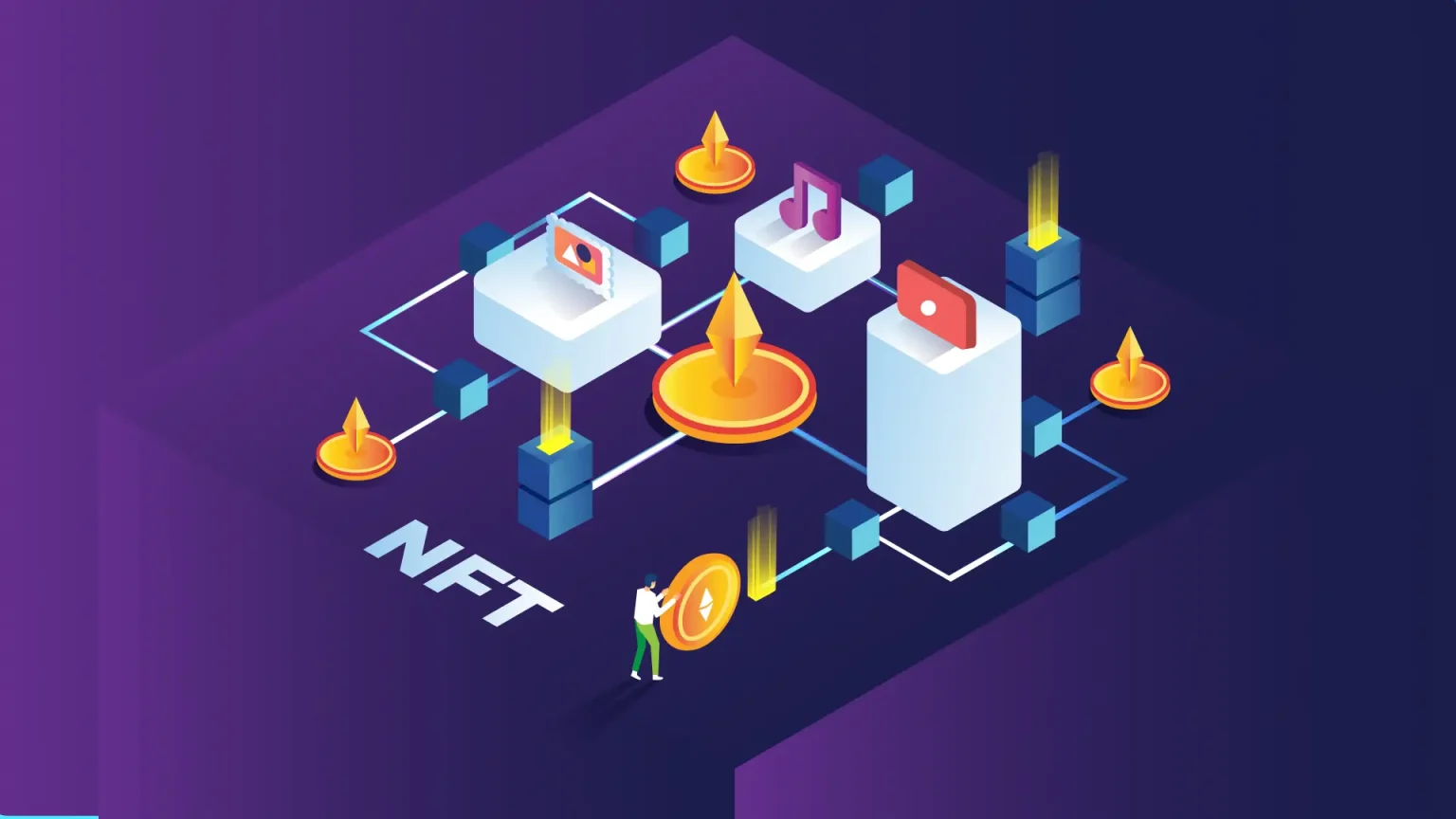October 2025 – The Non-Fungible Token (NFT) market has demonstrated remarkable stability and adaptability despite experiencing significant turbulence earlier this month. A sudden drop in early October wiped approximately $1.2 billion from the market capitalization, largely due to geopolitical tensions and broad crypto market liquidations. However, the sector quickly rebounded, reflecting a maturing ecosystem that prioritizes utility and long-term value over speculative gains.
Market Recovery and Key Metrics
Following the dip, NFT market capitalization fell from $6.2 billion to $5 billion. Yet within days, the market recovered roughly 10%, stabilizing around $5.4–$5.5 billion. This rebound coincided with the broader “Uptober” rally in the cryptocurrency market, reinforcing investor confidence and signaling that the NFT sector is increasingly seen as a sustainable digital asset class.
Trading activity also demonstrated resilience. In the third quarter of 2025 alone, over 18.1 million NFTs were sold, generating $1.6 billion in volume. Early October saw record weekly activity, with sales exceeding $250 million, largely driven by existing participants rather than an influx of new users.
Blue-Chip Collections and Market Shifts
Performance among leading NFT collections has diverged. Pudgy Penguins (PENGU) has displayed robust floor price growth, while CryptoPunks remain highly sought after, with high-value sales continuing. Conversely, Bored Ape Yacht Club (BAYC) has experienced a notable decline, highlighting evolving market preferences and a reassessment of value in top-tier NFT collections.
Technical indicators suggest the market is entering a consolidation phase, with key support levels holding firm despite volatility. Compared to earlier NFT cycles, this environment reflects a more mature market, where clear utility, strong communities, and solid roadmaps drive investor decisions.
Community and Ecosystem Developments
Social media platforms and crypto forums reveal a notable shift in community sentiment. Investors and creators are moving away from speculative “flip-and-sell” strategies toward projects that offer tangible benefits such as in-game functionality, exclusive access, and tokenized real-world assets. This evolution marks a deeper integration of NFTs into the broader Web3 ecosystem, including gaming, DeFi, and digital identity.
OpenSea has emerged as a central hub for this activity, facilitating $1.6 billion in crypto trades alongside $230 million in NFT transactions during the first two weeks of October. Its pivot toward a crypto trading aggregator underscores the growing convergence between NFTs and broader digital asset markets.
Regulatory Clarity and Market Confidence
A recent legal victory dismissing a class-action lawsuit against BAYC for allegedly unregistered securities has improved regulatory clarity. Combined with innovative ecosystems like Monad, driven by strategic airdrops and community initiatives, this development strengthens investor confidence and supports sustainable growth in the NFT sector.
Looking Ahead
The NFT market is poised for further expansion, with projections estimating a $49 billion market capitalization by the end of 2025. Key drivers include adoption of NFTs for branding, loyalty programs, gaming, and tokenized assets. Successful projects will emphasize interoperability, utility, and community engagement, while investors are advised to prioritize due diligence, focusing on intrinsic value and tangible benefits.
The broader implication is clear: the NFT space is evolving beyond speculative collectibles, becoming an essential component of the digital economy and Web3 infrastructure. As regulatory frameworks stabilize and market participants mature, NFTs are expected to play an increasingly critical role in digital ownership, gaming, and decentralized finance.
